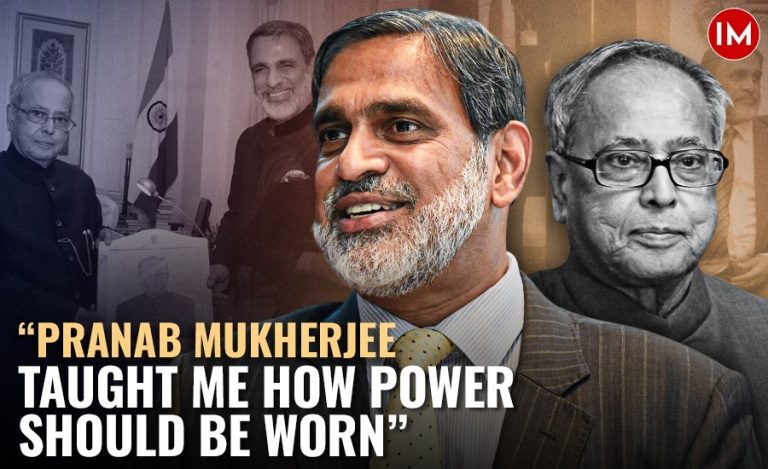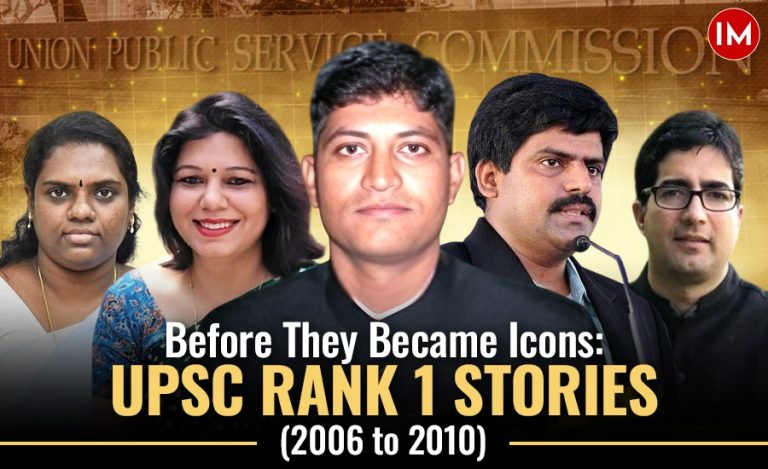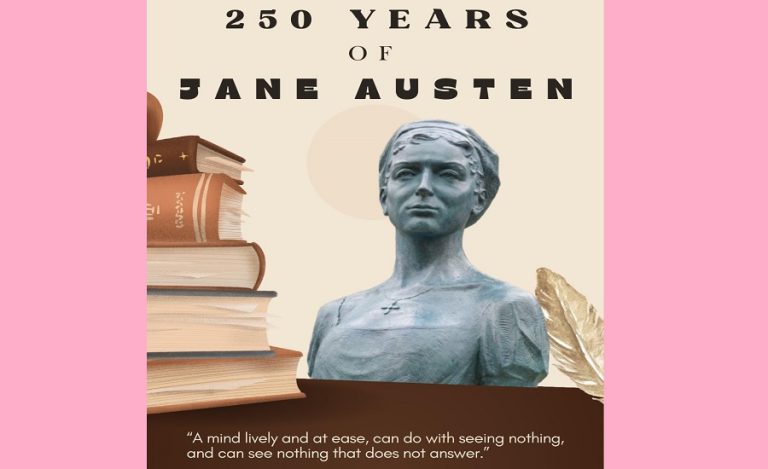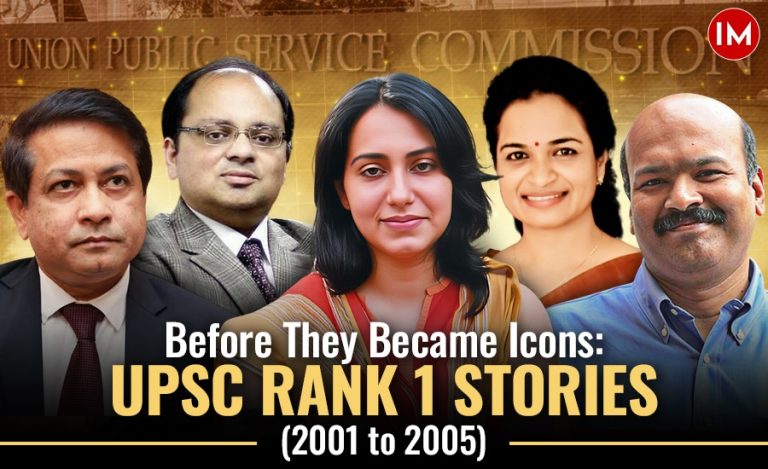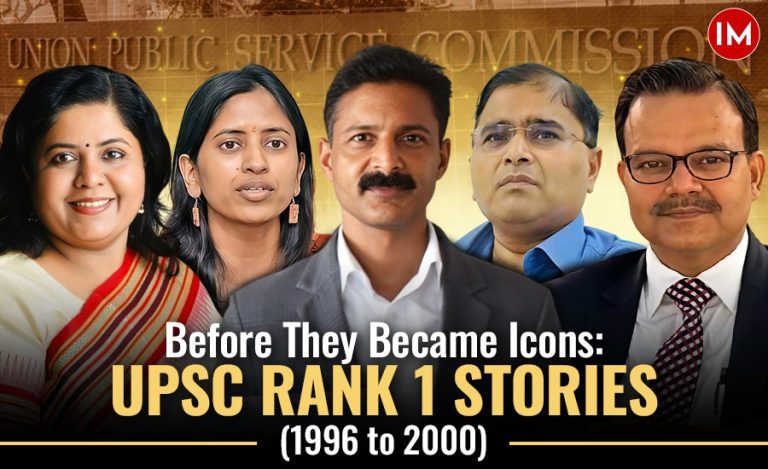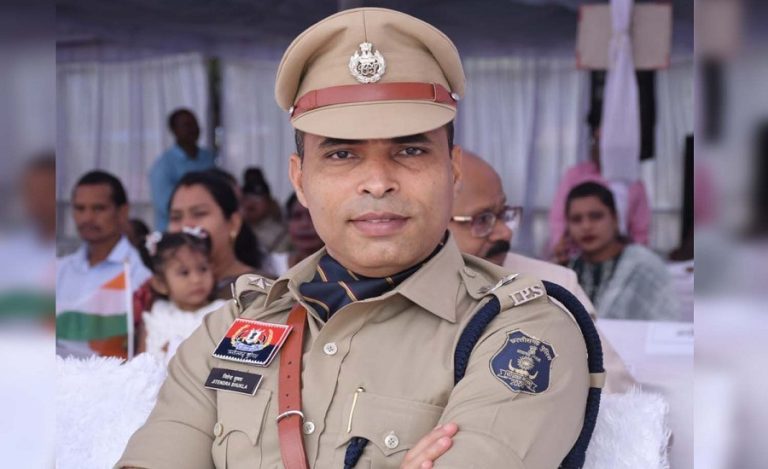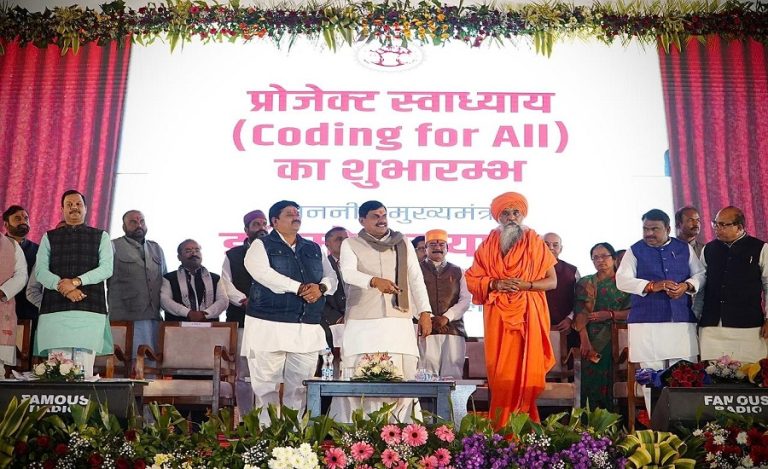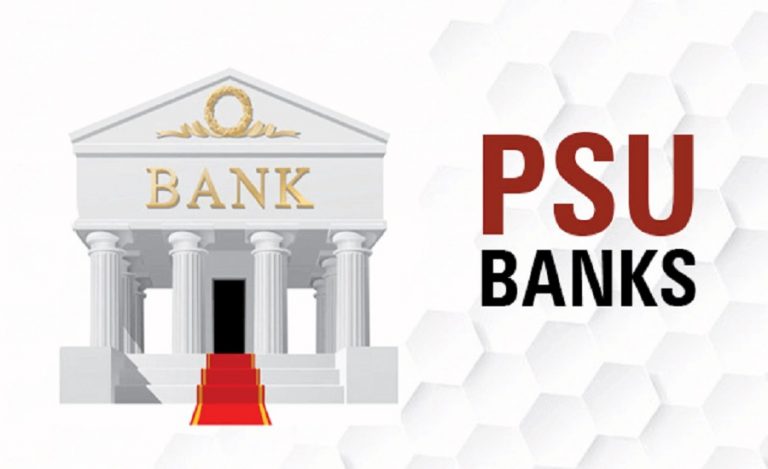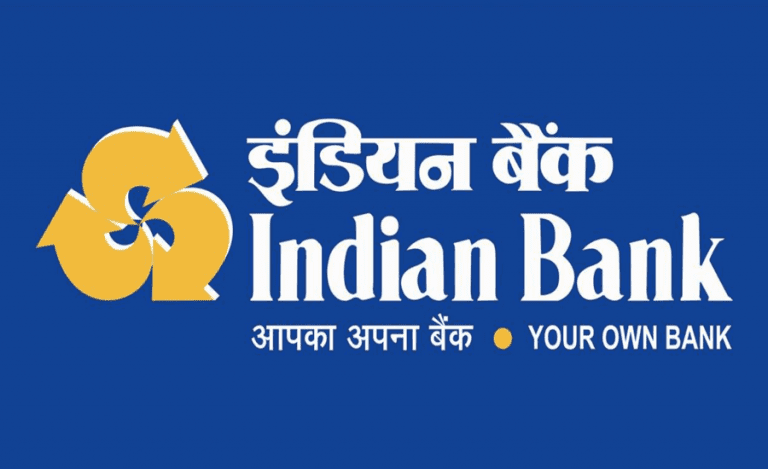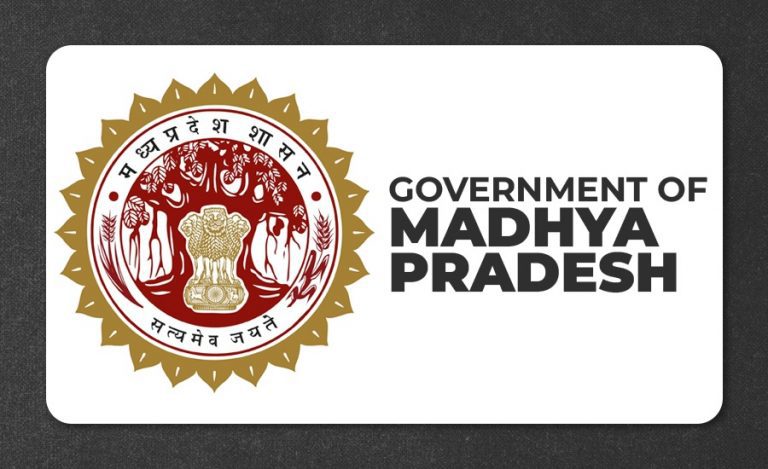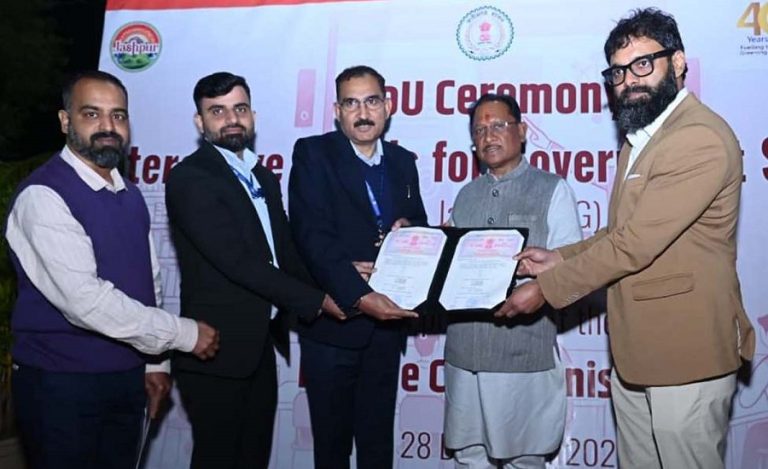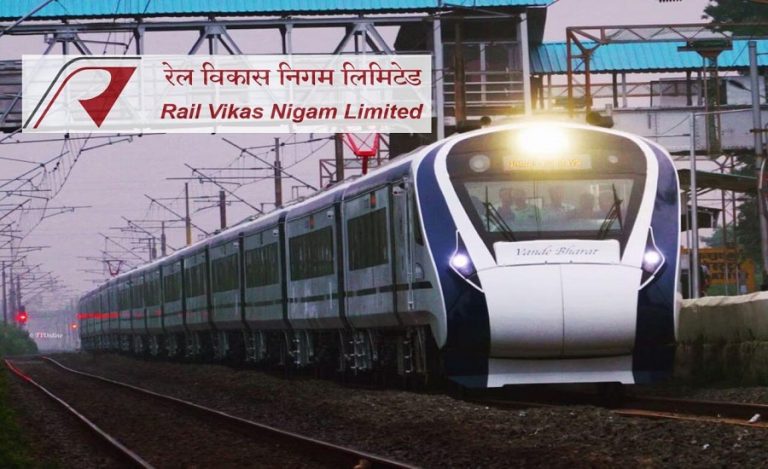Mumbai: In an exclusive interaction with Indian Masterminds, senior IAS officer SVR Srinivas (1991 batch, Maharashtra cadre) shared insights into the ambitious Dharavi Redevelopment Project – a bold initiative aimed at transforming one of Asia’s largest and oldest slums into a modern, inclusive urban settlement.
With a history dating back over a century, Dharavi is home to nearly a million residents packed into less than 2.5 square kilometers. Despite its global recognition as a hub of informal economic activity, Dharavi continues to struggle with overcrowding, inadequate sanitation, poor healthcare, and limited infrastructure.
Watch his interview with Indian Masterminds here-
Read & Watch Also: SVR Srinivas: From RBI to IAS to Dharavi – The Man Behind Mumbai’s Urban Transformation | Video Interview – First Part
“A Facelift Is Not Enough,” Says IAS SVR Srinivas
Calling the current living conditions “unsustainable”, Srinivas explained why partial solutions or cosmetic improvements will not suffice in Dharavi’s case.
“Dharavi is not just a slum. It’s a micro-economy, a community, and a challenge that cannot be solved with temporary fixes. A mere facelift will not work here,” he said.
Due to its extreme congestion, even basic civic services – such as piped water, proper roads, or waste management – are difficult to implement. Hence, the need for full-scale redevelopment is both urgent and unavoidable.
From Slum to Smart City: The Vision
Mr Srinivas outlined a comprehensive roadmap that envisions Dharavi as a well-planned urban area offering:
- Modern housing with secure tenure
- Access to quality healthcare and education
- Job and entrepreneurship opportunities
- Social infrastructure such as parks, community centers, and public transport
He emphasised that this is not just a construction project, but a “social transformation”, aimed at bringing dignity and opportunity to lakhs of people.
Learning from the Past, Scaling for the Future
While referencing earlier initiatives like the Urban Basic Services for the Poor (UBSP) program, Srinivas clarified that Dharavi’s size and complexity require an integrated, multi-agency approach.
Unlike conventional urban planning models, the Dharavi project is being developed through collaboration between state agencies, private developers, and local communities. The goal is to blend social upliftment with economic development, turning Dharavi into a model for future urban renewals.
A Catalyst for Economic Growth
Describing the project as crucial to the city’s future, Mr Srinivas said the Dharavi redevelopment could unlock significant economic potential, not only for Mumbai but for the nation.
“This transformation will serve as a blueprint for how we think about slums, not just as areas of poverty but as hubs of potential,” he said.
The redevelopment is expected to not only provide dignified housing but also formalise thousands of informal businesses, boosting employment and productivity.


